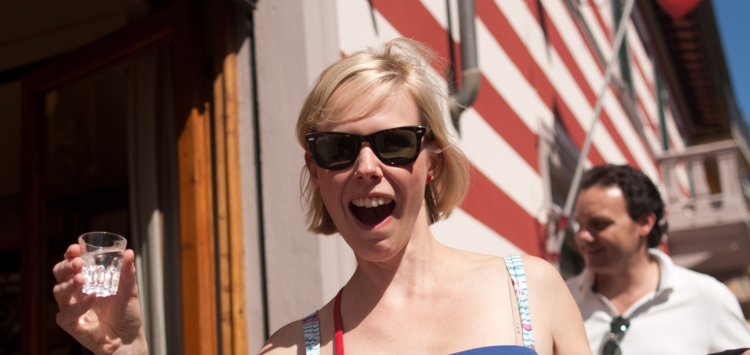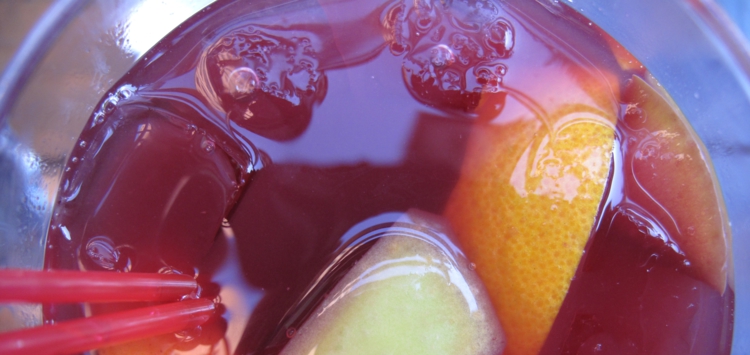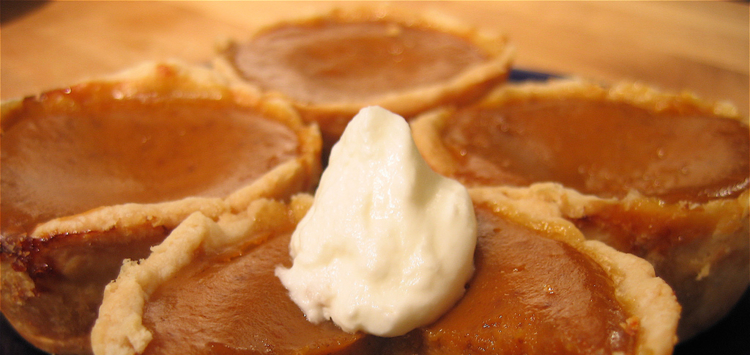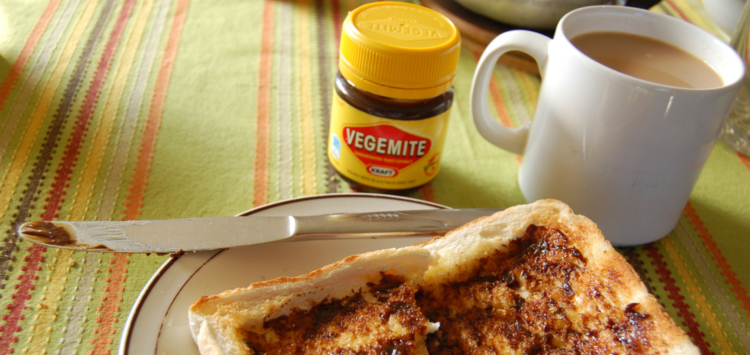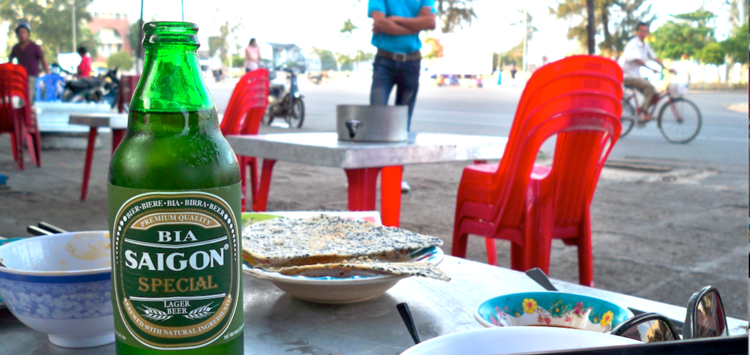Pasta in all its glorious forms
Published: 13/11/2015 17:04
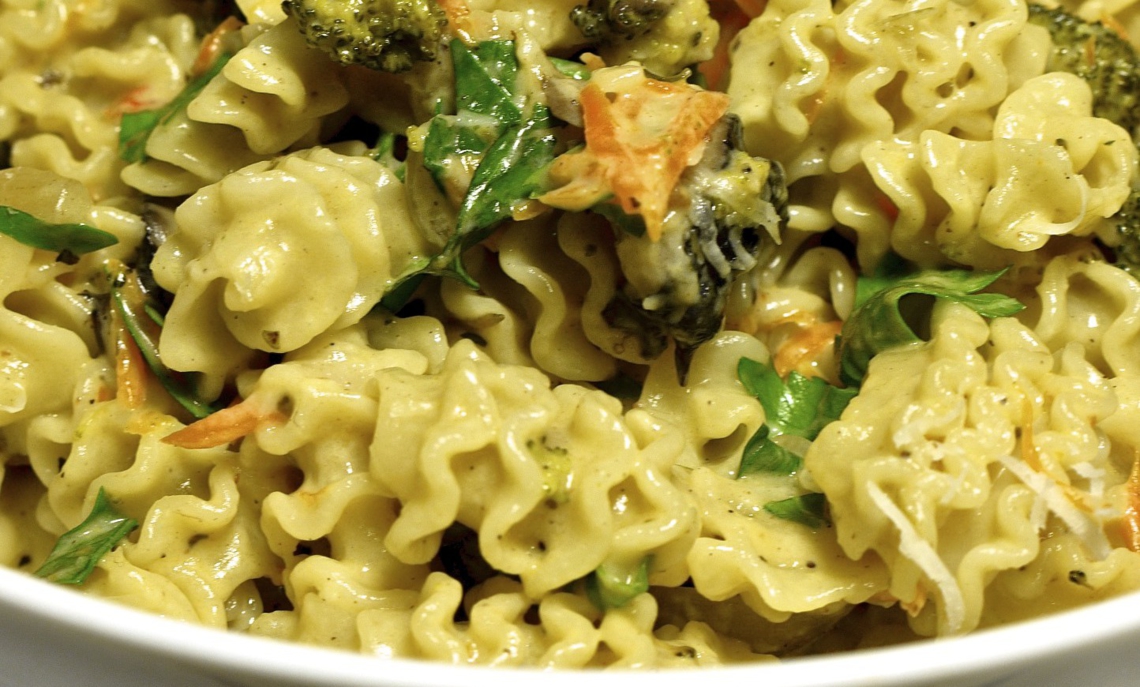
Forget penne, spaghetti and farfalle! Italy boasts an endless variety of pasta, often connected with the history, culture and the climate of each region. An overview.
-
Ligurian corzetti
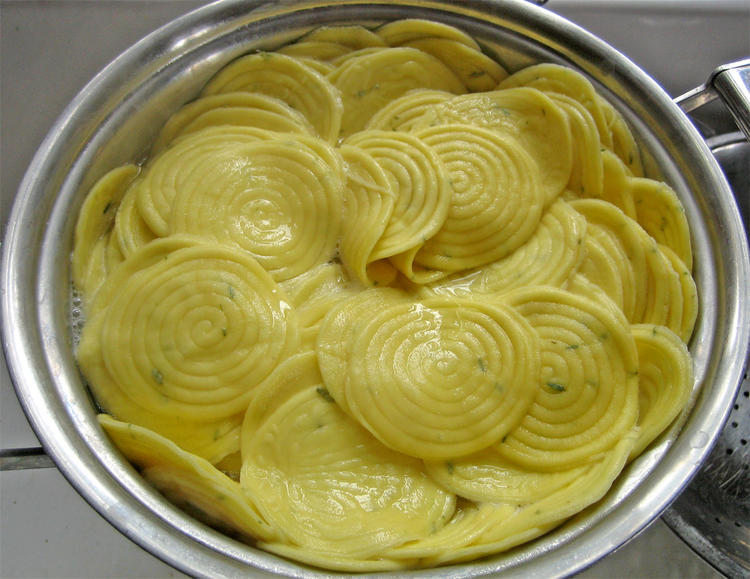 (©fugzu/Creative Commons)
(©fugzu/Creative Commons)This round pasta display on every side patterns in relief created with a wooden stamp. They are primarily served with the famous "pesto Genovese", and are even better when flavoured with basil from...Liguria!
-
Fregola in Sardinia
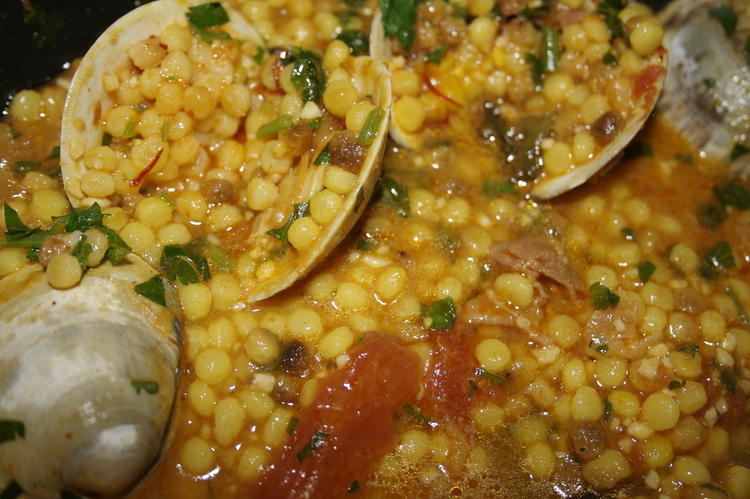 Fregola with clams, a typical Sardinian dish (©lisa angulo reid/Creative Commons)
Fregola with clams, a typical Sardinian dish (©lisa angulo reid/Creative Commons)This pasta looks like large grains of couscous. It is roasted in the oven after seasoning, which gives it its very individual grilled flavour and its golden-brown colour. They are most often prepared in the form of a risotto, or cooked by absorbing a sauce or a bouillon. They are usually accomanied by seafood or shellfish.
-
Cavatelli in Apulia
 (©Jameson Fink/Creative Commons)
(©Jameson Fink/Creative Commons)This pasta is tightly coiled and hollow, with curved edges, with a small shell shape obtained with light finger pressure. Cavatelli ("little caves") are ideal for absorbing thick sauces, such as "ragu" with meat or vegetables.
-
Blecs in Friuli-Venezia Giulia
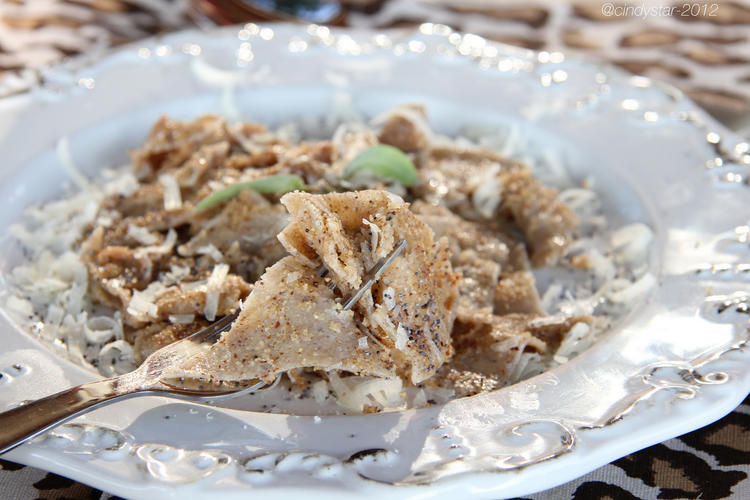 (©cindystarblog/Creative Commons)
(©cindystarblog/Creative Commons)Italian "cucina povera" or "poor people's cuisine" often contains many pleasant surprises. "Blecs" are a good example. This is leftover fresh pasta cut up into irregular-sized pieces which resemble scraps of fabric. Made from wheat, corn and buckwheat flour, they are usually seasoned with only a little melted butter.
-
Sicilian busiate
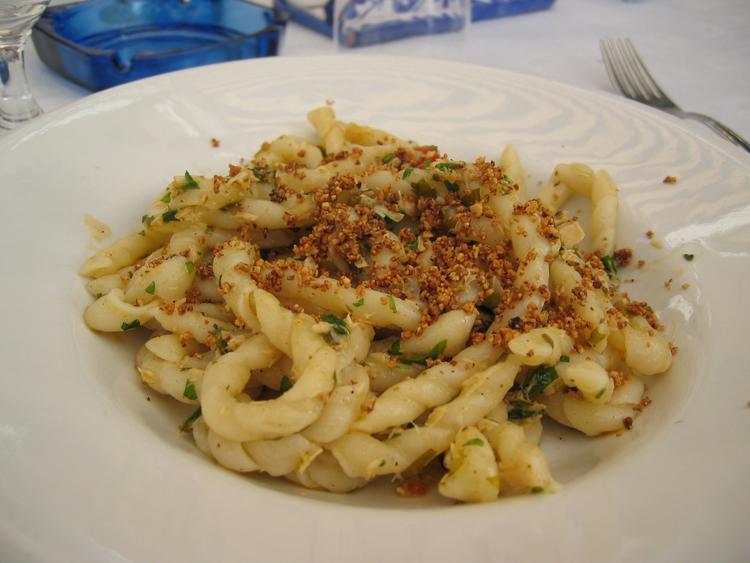 (©Salvatore Puleo/Creative Commons)
(©Salvatore Puleo/Creative Commons)This famous pasta of the peninsula are traditionally hand-produced by rolling the pasta around a fine iron rod ("busu"). What's the perfect condiment to accompany them? The typically Sicilian "pesto alla trapanese", made with fresh tomatoes, basil and almonds.
-
Armoniche in Abruzzo
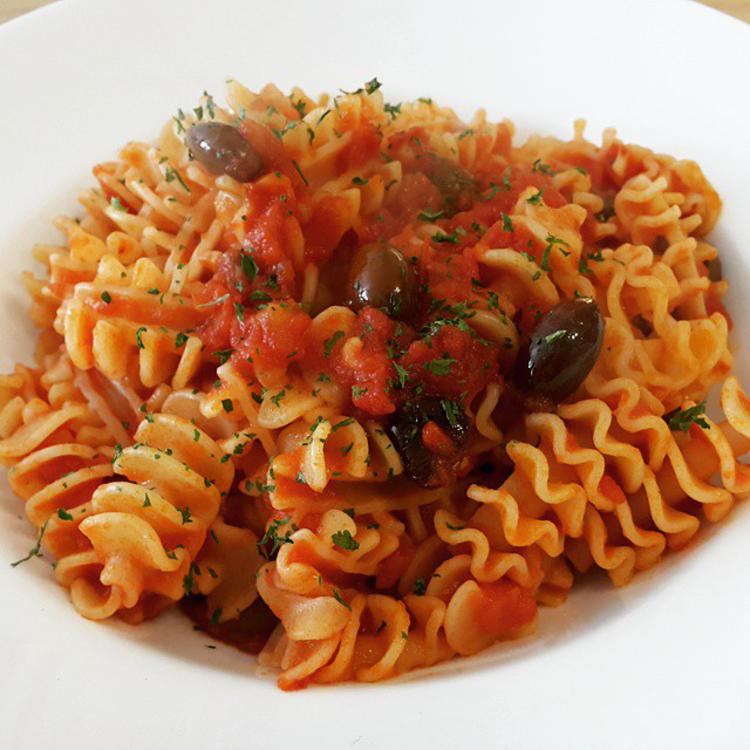 (©Ellen Bouckaert/Creative Commons)
(©Ellen Bouckaert/Creative Commons)Some Italians consider that this ridged cylindrical pasta resembles the armour of gladiators. What is certain is that their form is ideal for absorbing very thick sauces, particulary those based on mushrooms.
-
Dischi in Toscany
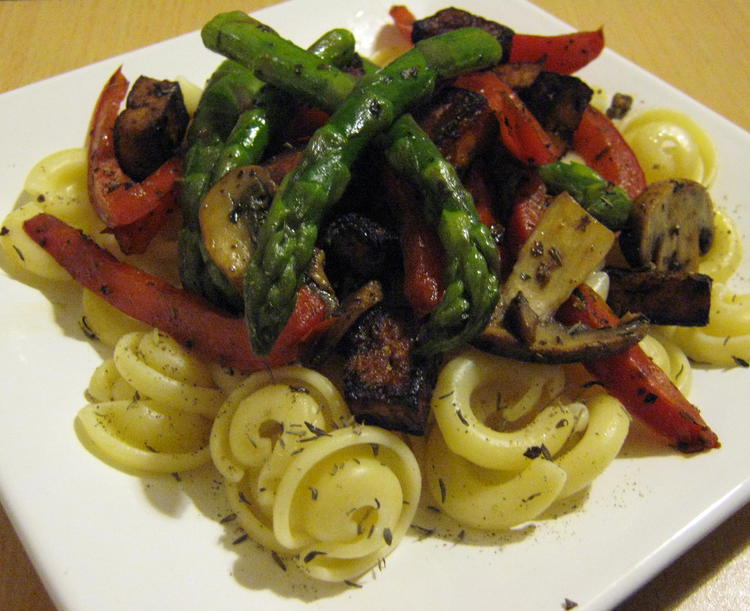 (©Charley/Creative Commons)
(©Charley/Creative Commons)Some people believe that this short disc-shaped pasta resembles flying saucers ("dischi volanti")! Shaped using bronze moulds, dischi are used mostly for salads and gratins.
-
Passatelli in Emilia-Romagna
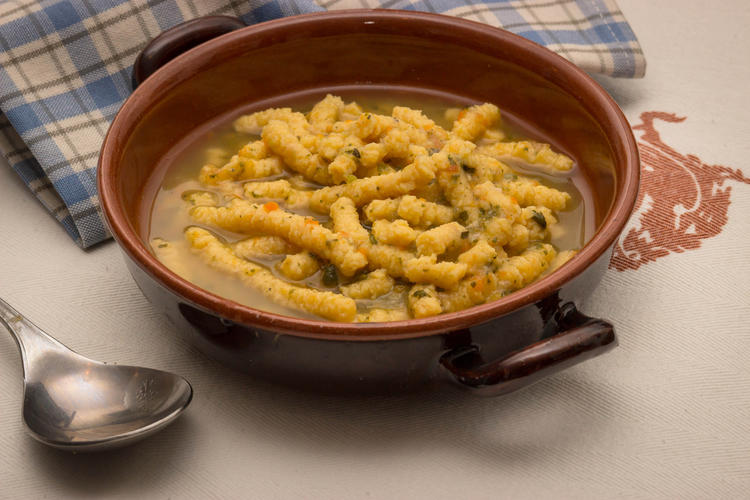 Passatelli soup (©tamara mambelli/Creative Commons)
Passatelli soup (©tamara mambelli/Creative Commons)Another symbol of Italian "poverty cuisine"! Historically, peasants prepared this type of wide, short spaghettis courts, typical of Emilia-Romagna but also of the Marche region, with leftover stale bread and old cheese. Served on festive occasions, most often in a meat bouillon, passatelli are named after the special large-holed press used to make them.
-
Strozzapreti in Umbria
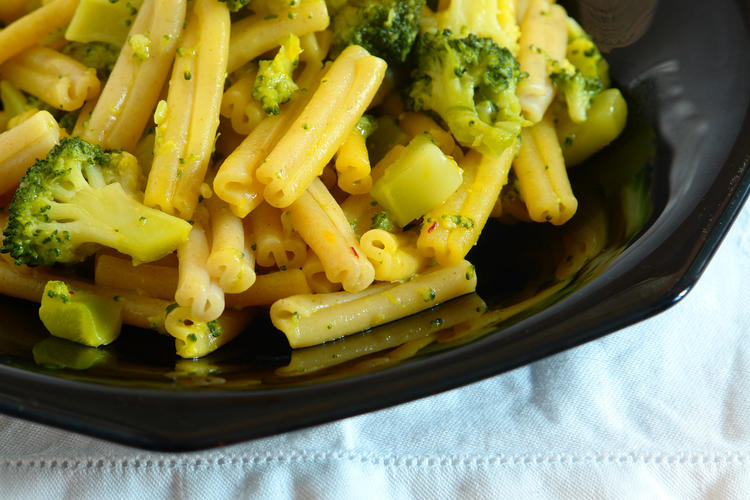 (©Francesca Longo/Creative Commons)
(©Francesca Longo/Creative Commons)According to legend, this pasta gets its name ("priest stranglers") from priests, who ate them so quickly that they nearly suffocated! And it's true, they are very easy to chew...
-
Strascinati in Basilicata
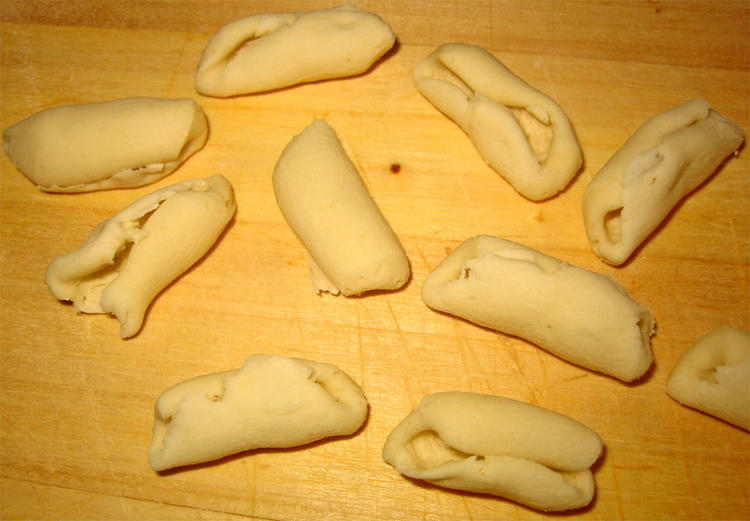 (©fugzu/Creative Commons)
(©fugzu/Creative Commons)Prepared without eggs, as is often the case in Southern Italy, strascinati derive their name from their preparation method: pieces of pasta are "dragged" on a wooden surface, traditionally with three fingers. They thus have a smooth side and a rugged, irregular side, which better absorbs the seasoning. They are ideal with broccoli and fish-based sauces.

